Walking through what it looks like to take commercial curriculum and develop a vibrant, personalized integrated unit.
One thing we hear all the time in our work as professional development coordinators is:
“How do you both personalize learning for students AND use the curriculum materials adopted by the district or school? Aren’t these things in opposition?”
The answer is no, they don’t have to be in opposition at all. Like anything worth doing, it takes time, creativity and collaboration. But you can do it! You can create integrated units that use the Lucy Calkins writing or reading units as a basis, for example. You can turn them — viola! — into project-based learning units that engage and excite students.
Case in point:
Burke Town School in the Kingdom East School District wanted to tackle this problem head on. We helped them to take their leadership team, plus district coaches through an example of what it looks like to create an integrated unit using the Units of Study for Teaching Reading commercial curriculum by Lucy Calkins reading materials. We decided to use the grade four extreme weather unit as our basis for the exercise. Our goals were to:
- Experience the hands-on process of integrated planning with a focus on personalized learning approaches and using the curriculum as a foundation.
- Develop capacity and understanding of the intersections between curricular programs/resources and personalization.
Our guiding question to explore together:
How can we create an integrated unit plan that addresses Teachers College Writing Units, the CCSS standards, NGSS, and other academic standards while personalizing learning?
Here we go. Consider it a creative process.
Review engaging pedagogies
First, let’s review some engaging pedagogies.
When teachers begin creating a unit, we often choose a teaching pedagogy or approach. And some might say that you can create hybrids of blends of pedagogy in your unit plans. What approach will you use? What are the parts of these pedagogies?
- Project-based Learning (which we will use today). Here is a template you could use.
- Service Learning. Here is a template you could use.
- Makerspaces
- Place-based Learning
- Genius Hours or Passion Projects
- UDL (Understanding by Design) template
These are all engaging because they feature student choice, voice, authentic audiences, relevance, purpose, and community partnership opportunities. Choose your pedagogical approach that best fits the needs of your students and your topic.
Create a brainstorm web or map
First step is to think big. What core concept will be at the center of this unit?
In this case, it’s reading about extreme weather. Together create a web of ideas about all of the teaching and learning, possible integration points and parts of project-based learning they might contain. As in, what might be the driving question(s), the exciting launch event, the possible project creations, the community partners, and the culminating event? What concepts connect, extend, and support the learning?
Think big. Think about all of the connections and possible community activities and partnerships.
Here is our web within this theme:
EXTREME WEATHER
Dig into the unit materials
The unit orientation or overview is honestly something that busy teachers often skip in any curriculum. But really, when creating personalized learning units and approaches, it is critical to read how the unit theme fits together with a progression of lessons and activities. Also, we need to consider how to make sure those activities are as engaging and as personalized as possible. So, saddle up, and do some reading. Sticky notes might help you label some of these important parts.
- Look for:
- Engagement, purpose, entry events, community partners, relevance.
- What do you notice?
- Possible spots for integration.
Fill in a planning template
There are many to pick from and you might have a favorite. We used our own PBL planning template. You can use one you prefer but make sure to address these items:
- Identify the driving question
- Brainstorm the launch event
- Decide on the culminating event
- List and describe the learning experiences, lessons, and artifacts
- Uncover what scaffolds are needed
- What will students create as an end product?
- What knowledge, skills, proficiencies will students meet?
- For literacy, these proficiencies have already been identified. What else?
- How will students reflect on and show their learning?
- What assessment will you use?
Plan nuts and bolts
Now consider your next steps. What are the nuts and bolts of this? Grab a colleague, and decide when, what and how will all of this happen:
-
- Make sure you have the driving question, the template filled out.
- Set the date for the culminating event and work backwards from there.
- Take time to discuss: What are the learning experiences, lessons, and artifacts be? What scaffolds are needed? How will students reflect on and show their learning? What assessment will you use?
- How will intervention/strategy groups still occur, how will mini-lessons and workshop time be managed?
- Set up your Project calendar
- Discuss and decide, how will you monitor the project? (Regular common planning time is essential!)
- Plan the lessons, create the learning scales, checklists and scaffolds needed
Reflect and Refine
All truly great learning emerges from reflection. During your teaching and after the unit is finished, spend some time considering what worked.
- What did you notice in your students work?
- What did you see about their connections to the real world?
- How was student engagement?
- How did YOU feel throughout the process of teaching the unit?
- What might you change next time?
All of these reflective prompts will lead you to deepen your awareness of your teaching practices. And teachers need to look back on the learning experiences they create for their students. It’s what makes us all get better at our craft.
The Teacher’s College Units of Study are commercial curriculum ripe for personalization, project-based learning, and building relevance. This workshop is used throughout many schools. There are endless possibilities for integration, and it just takes a bit of planning, curriculum design, and collaboration. Add this extra planning to the existing curriculum and you can create a rich, rigorous, deep and powerful unit for students.
Share your examples with us.
How have you found ways to bring personalized learning approaches into a commercial curriculum?
We’d love to hear your stories of what worked for you.
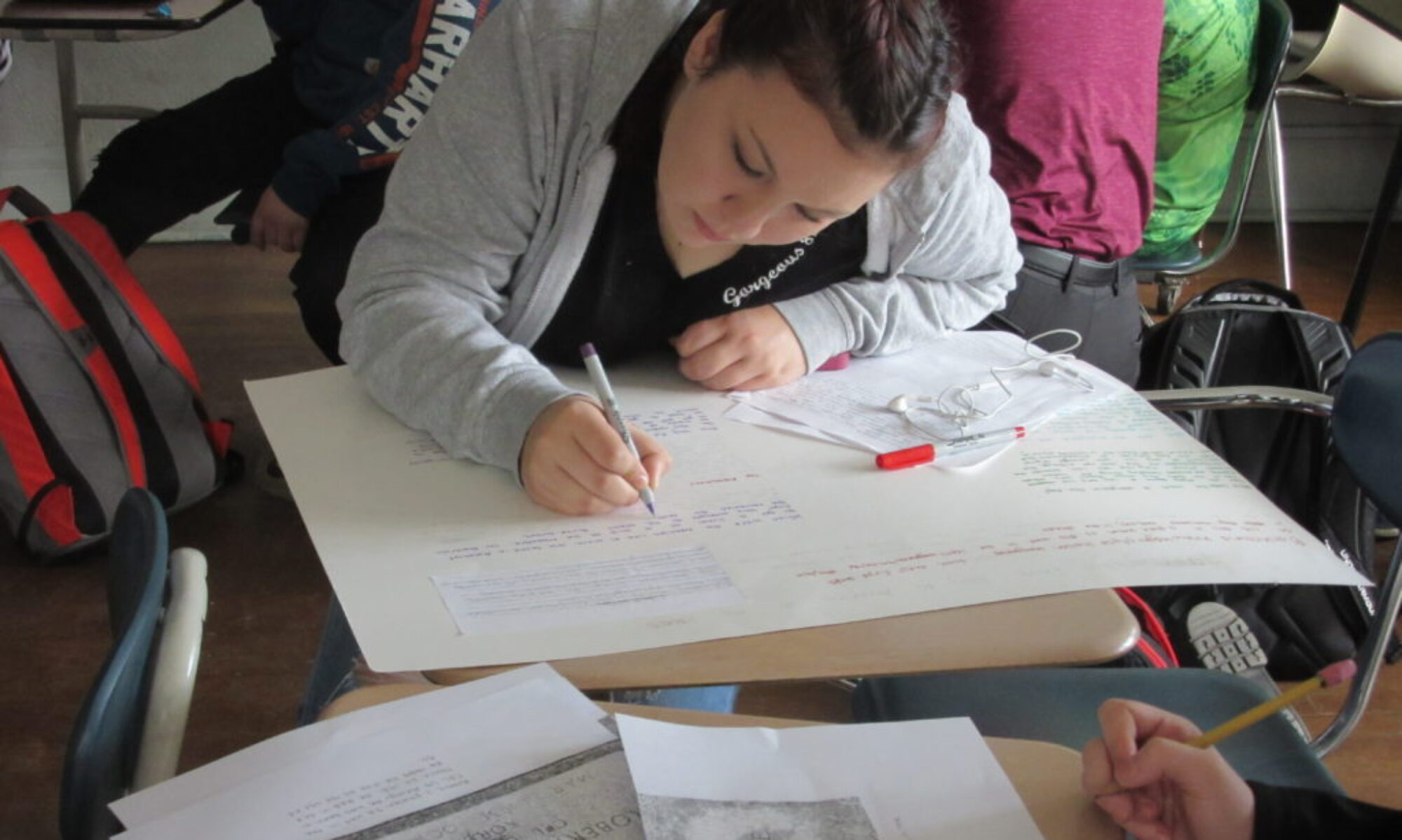


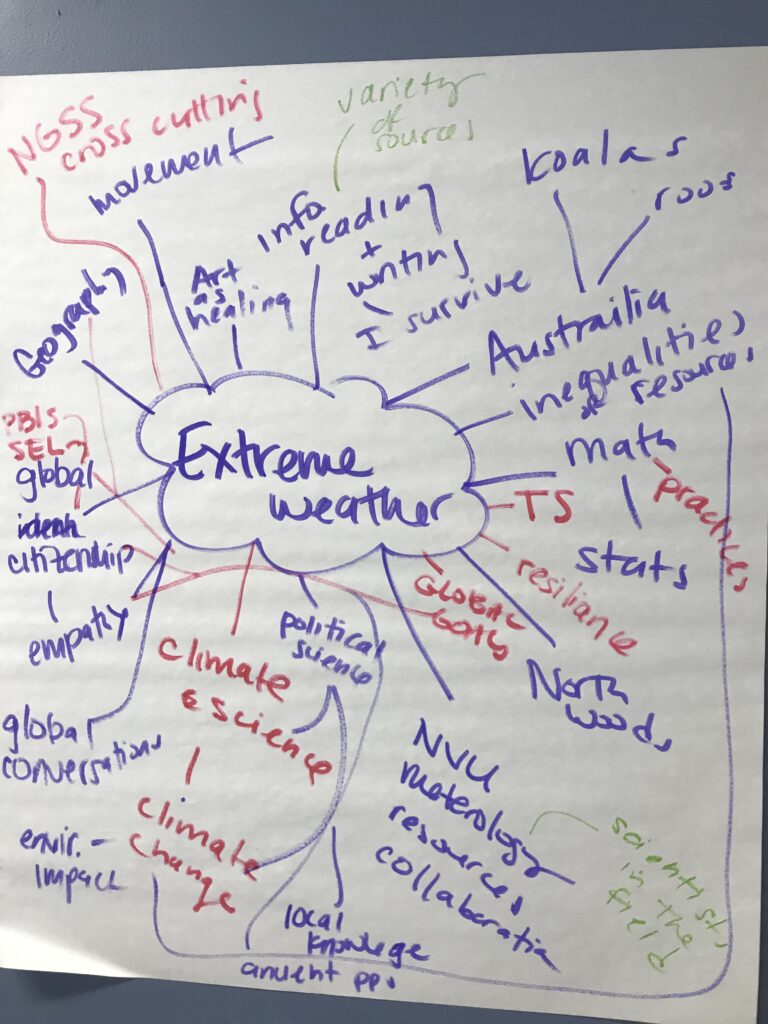
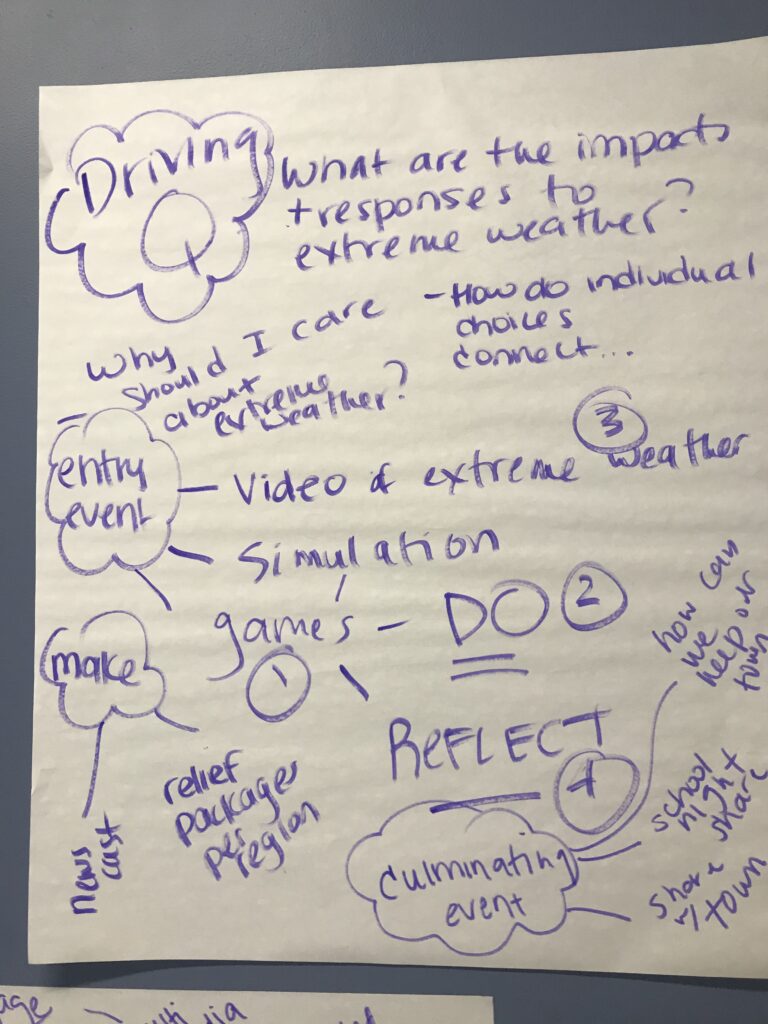
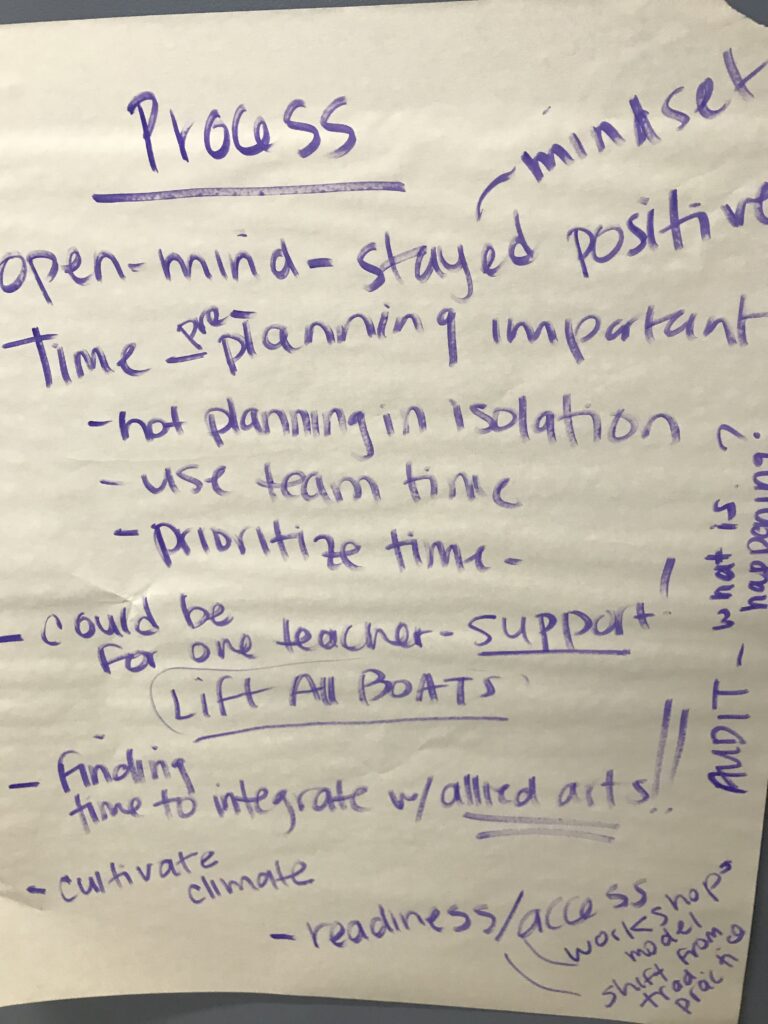
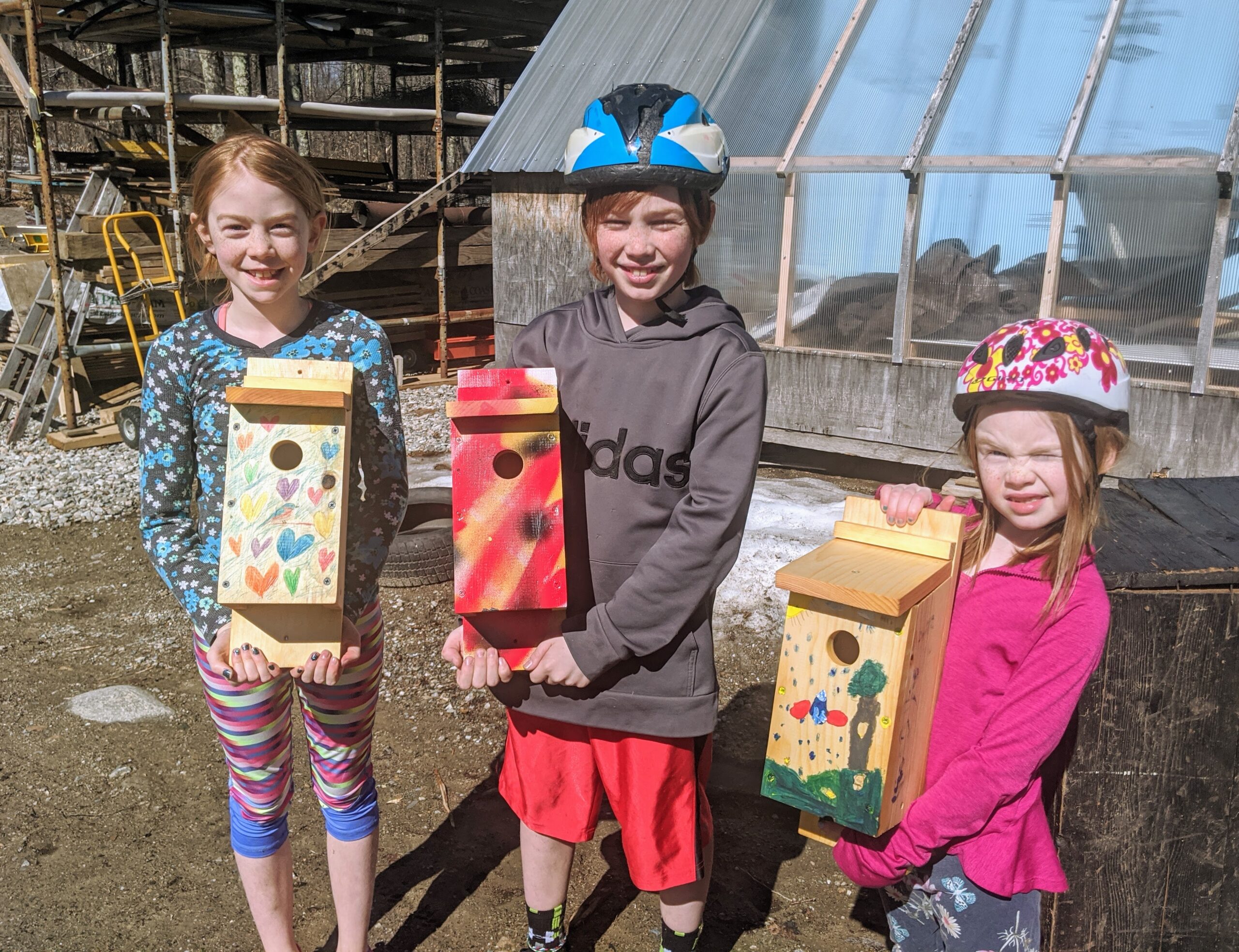
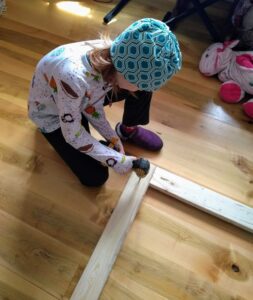
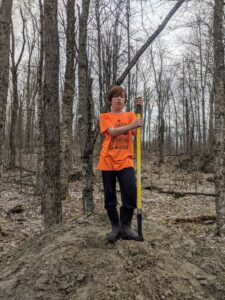
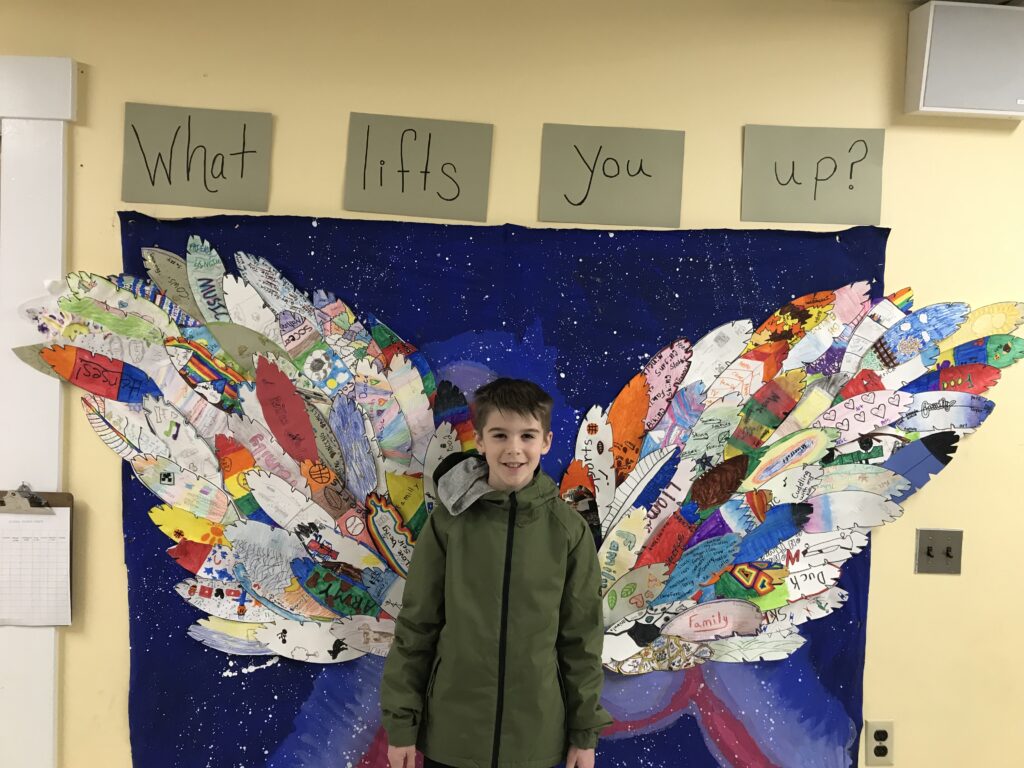

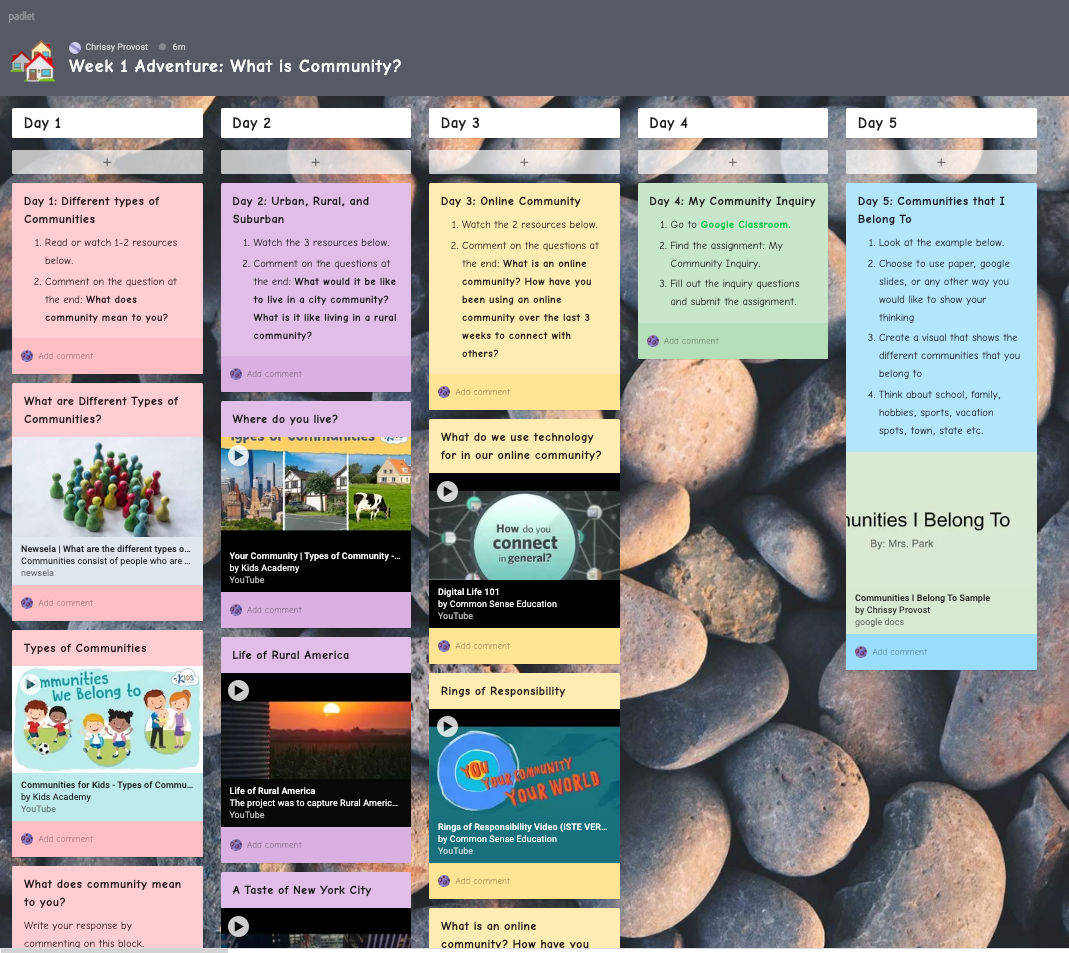
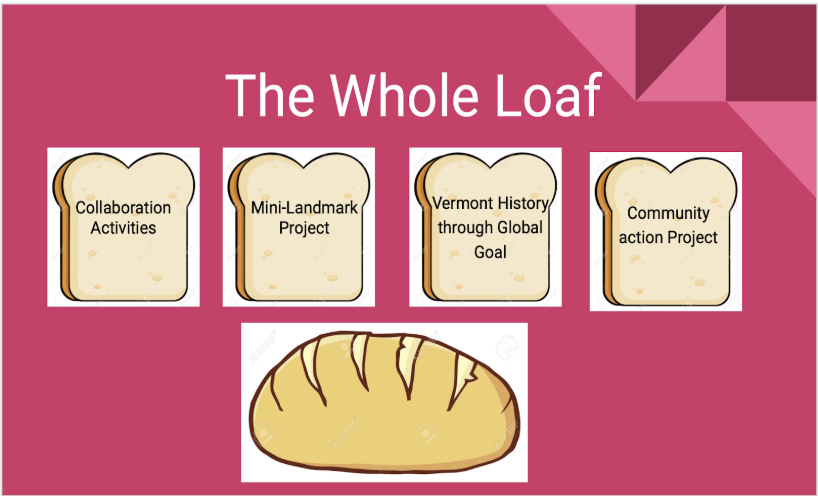

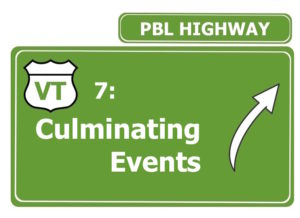
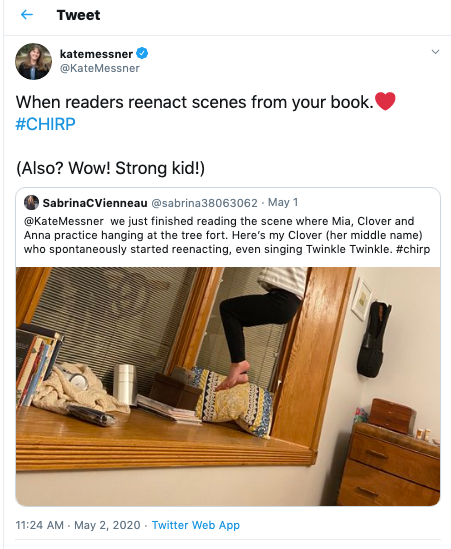

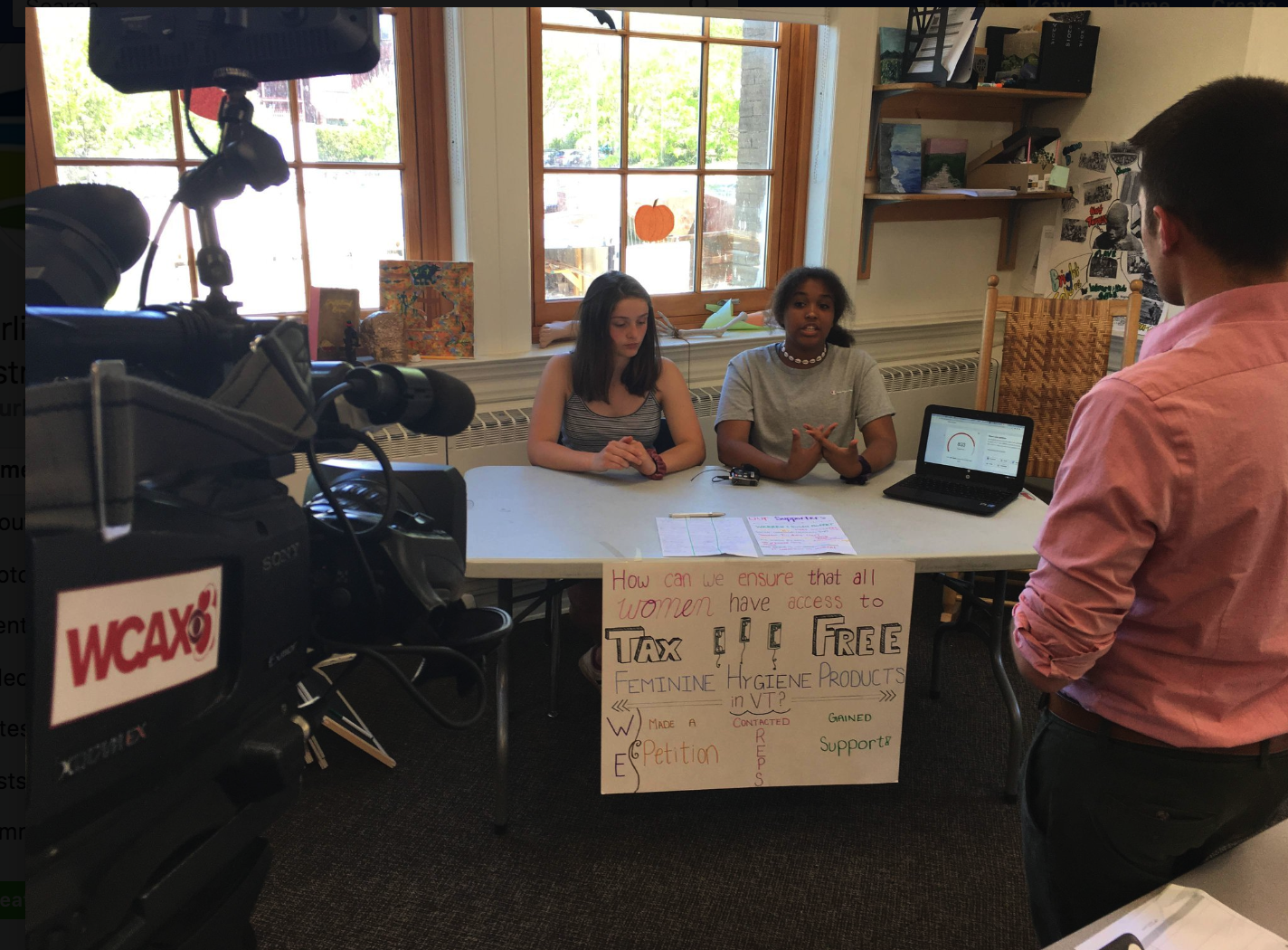
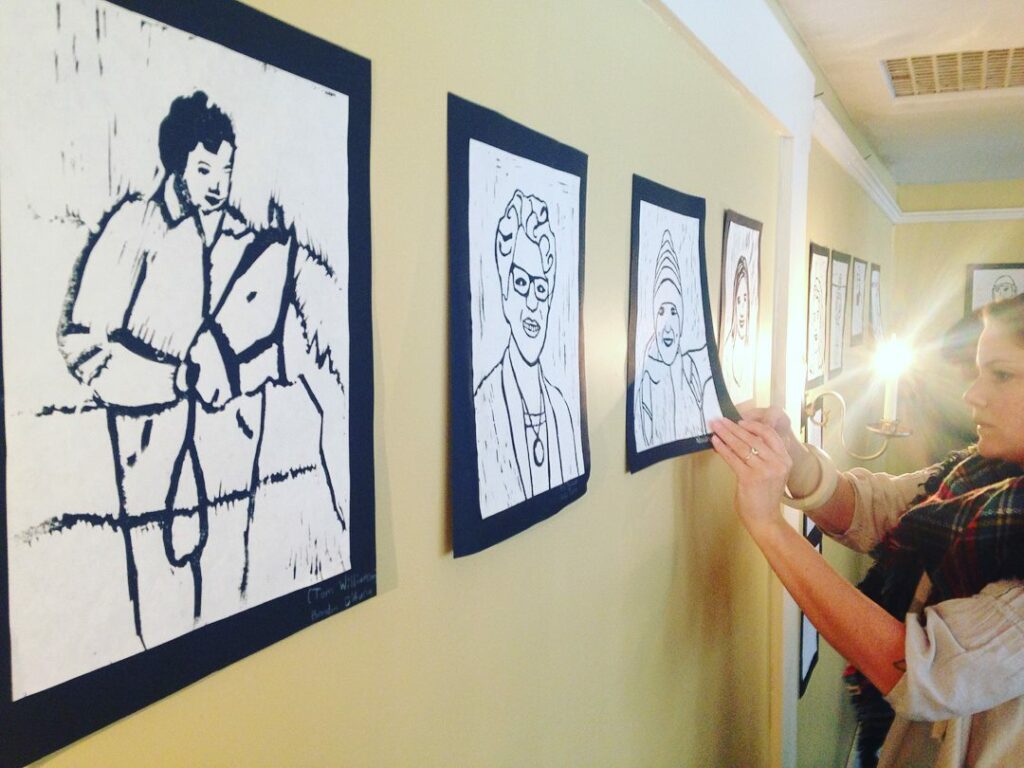
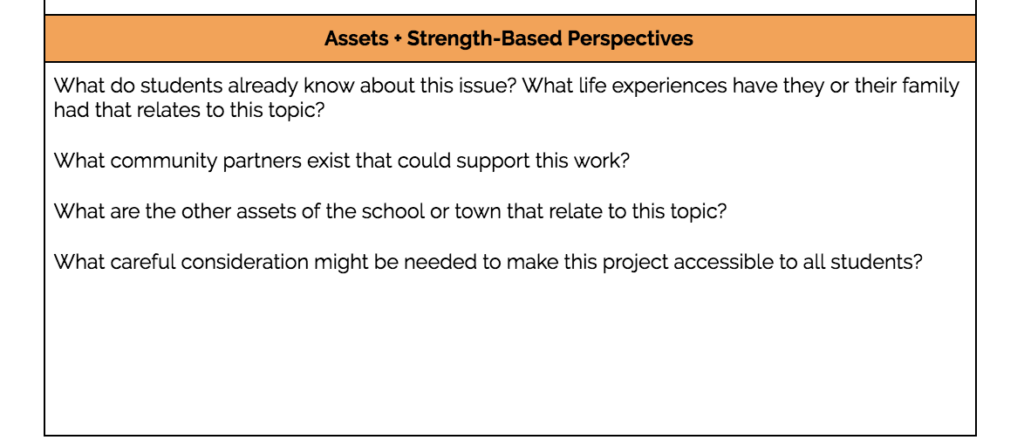
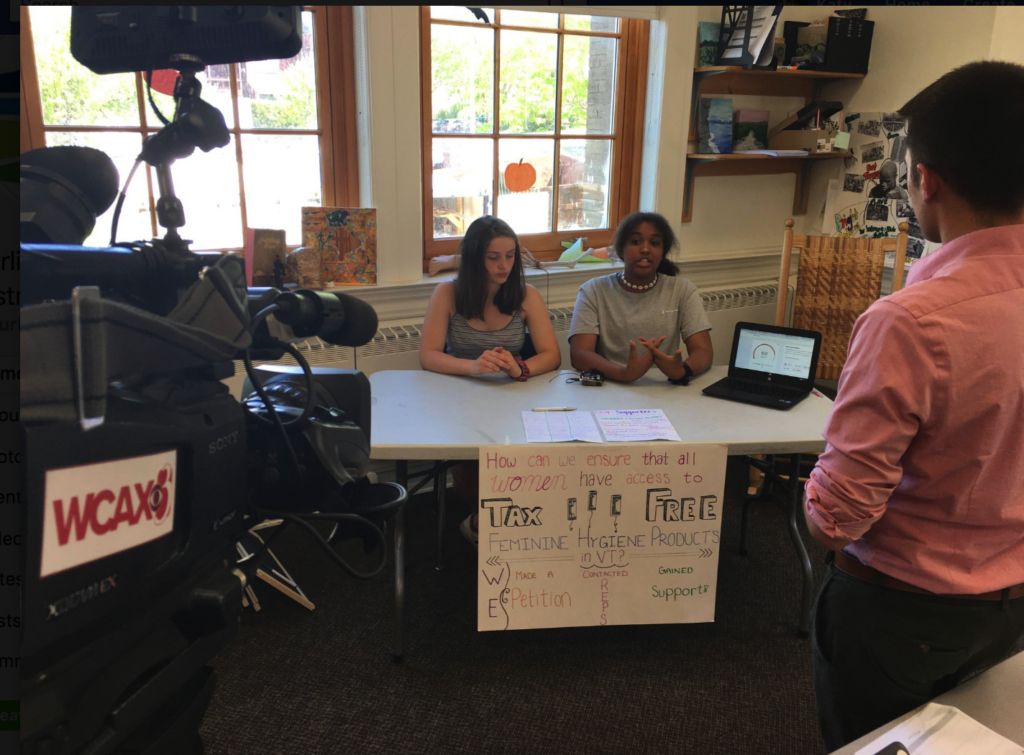

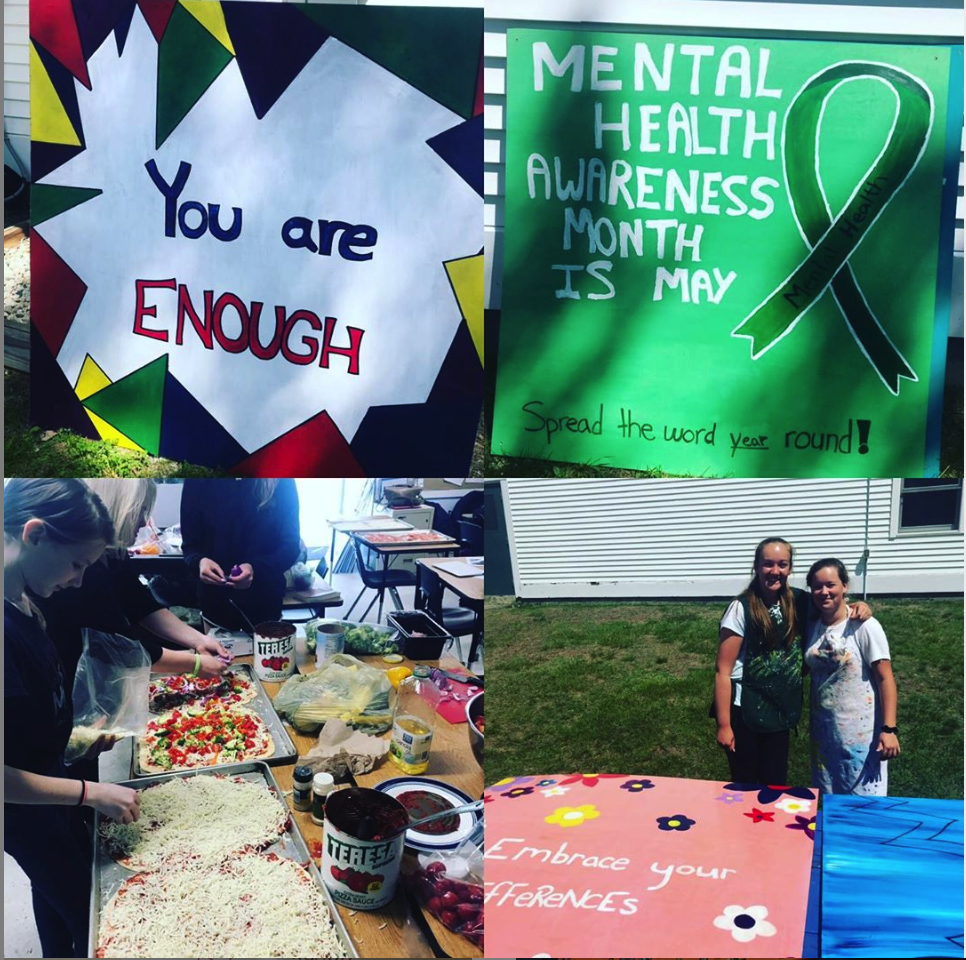

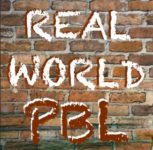
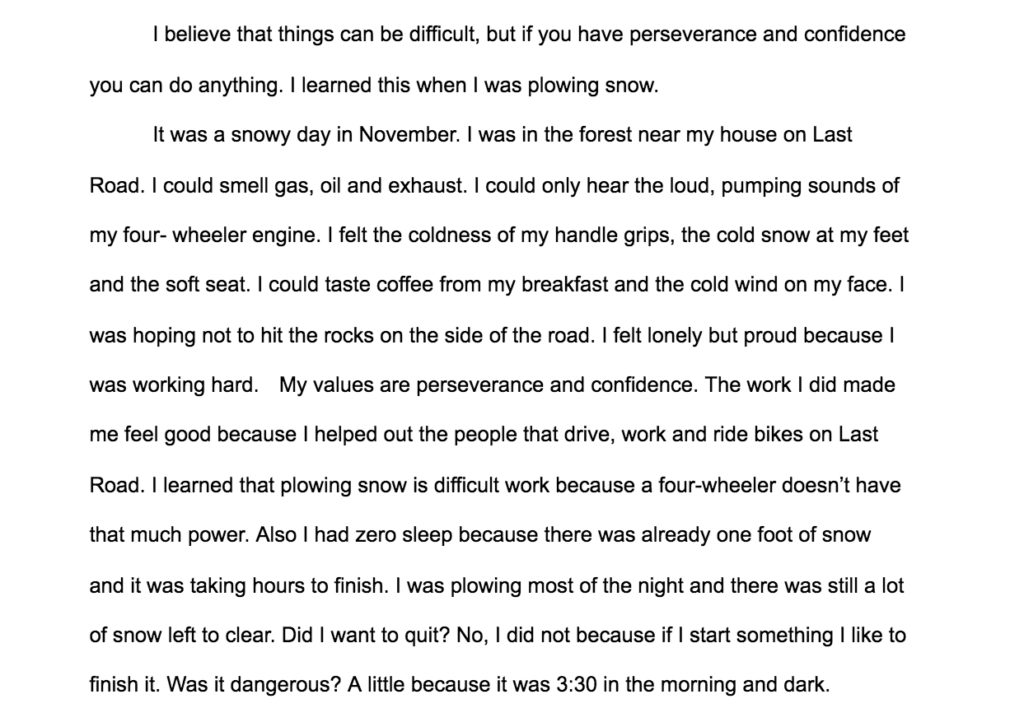
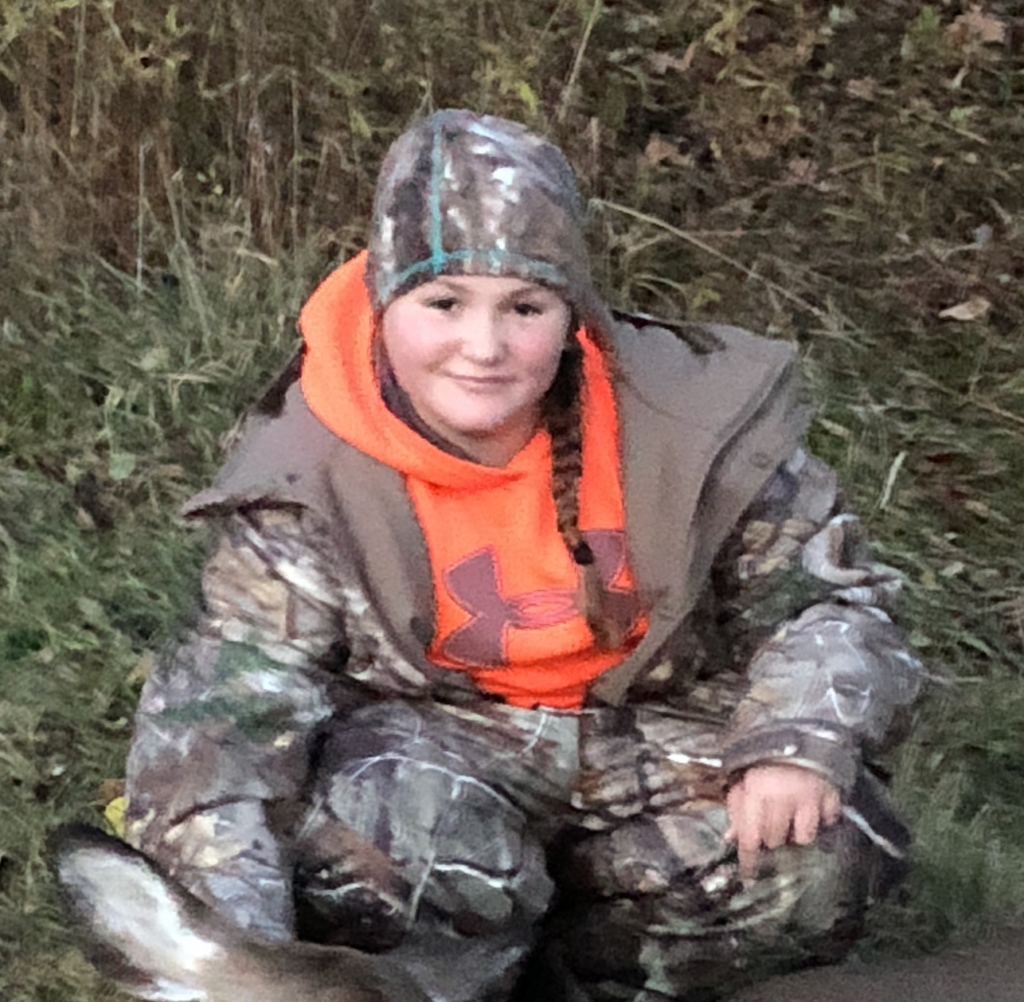
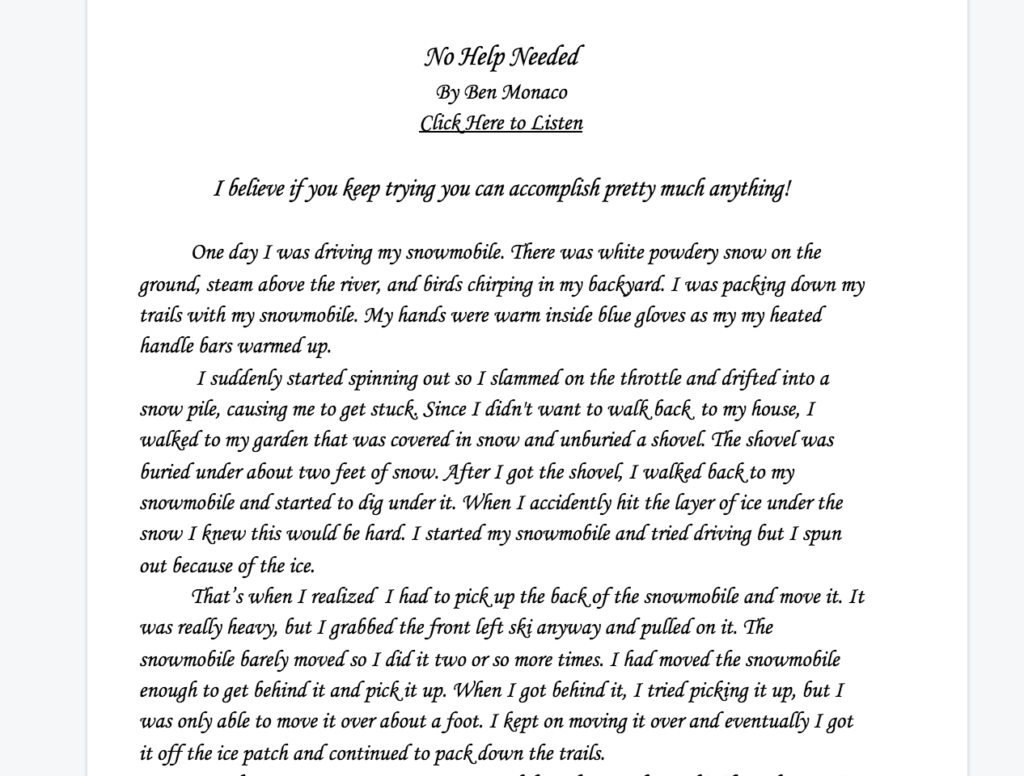
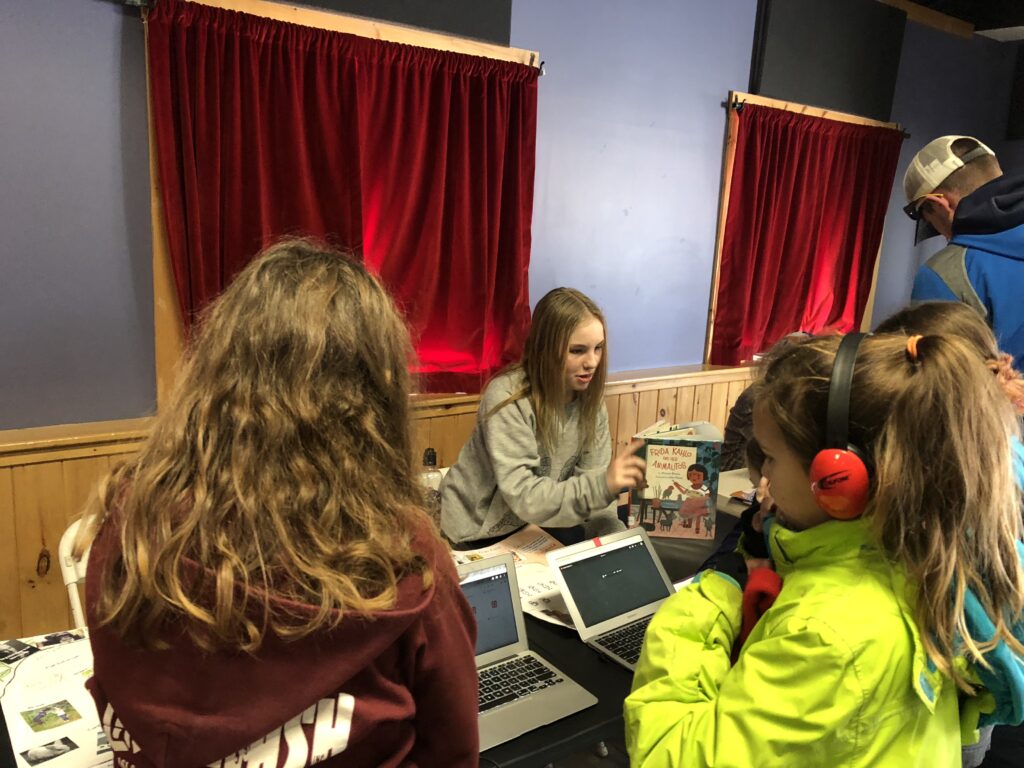
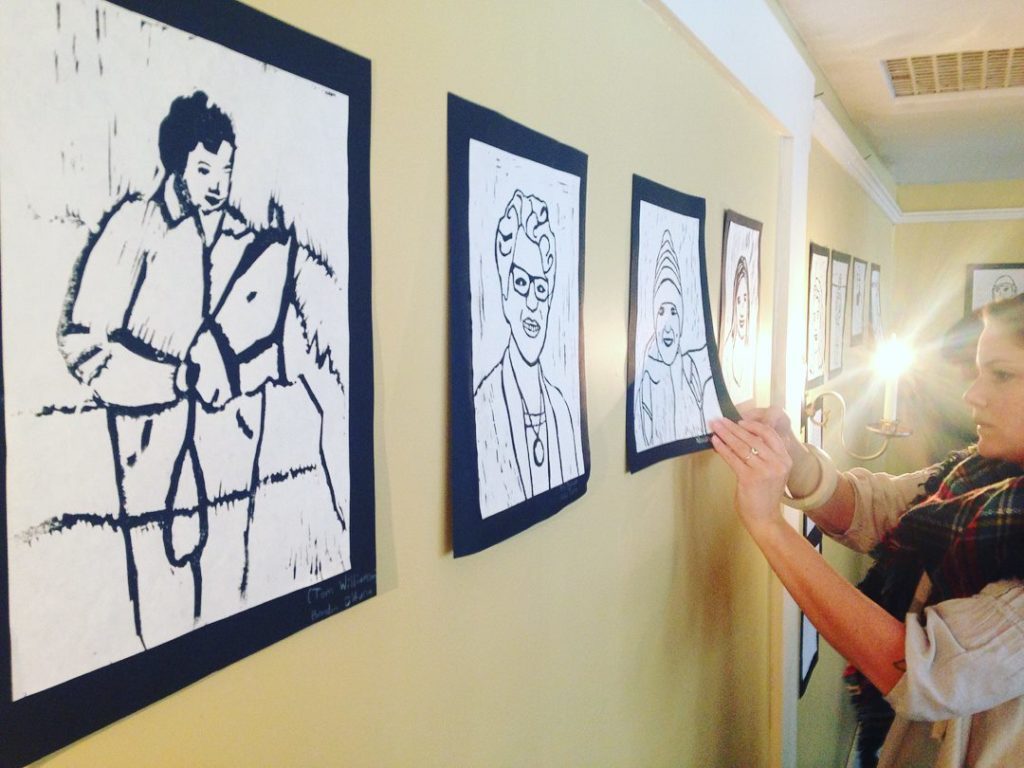
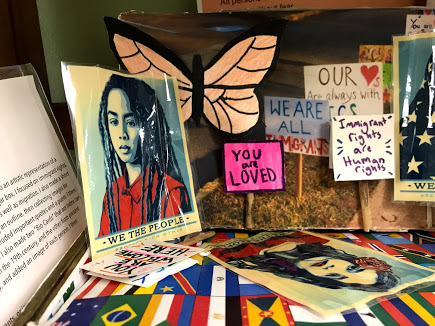
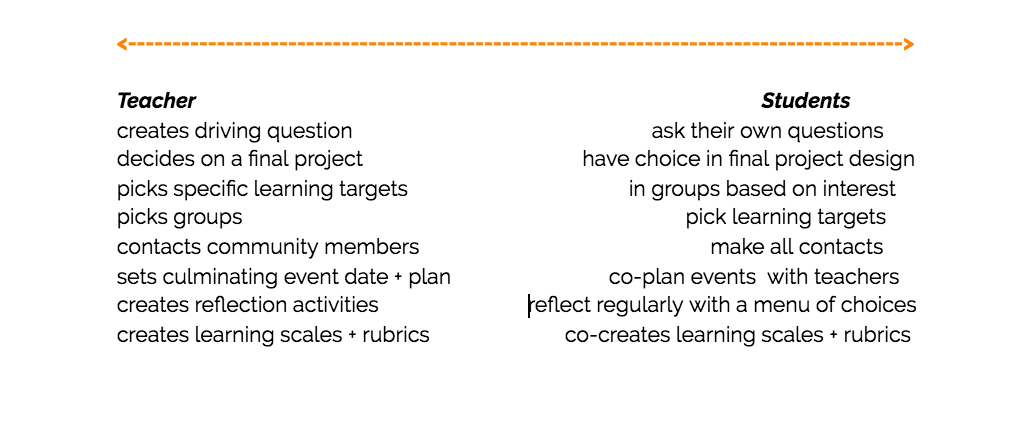
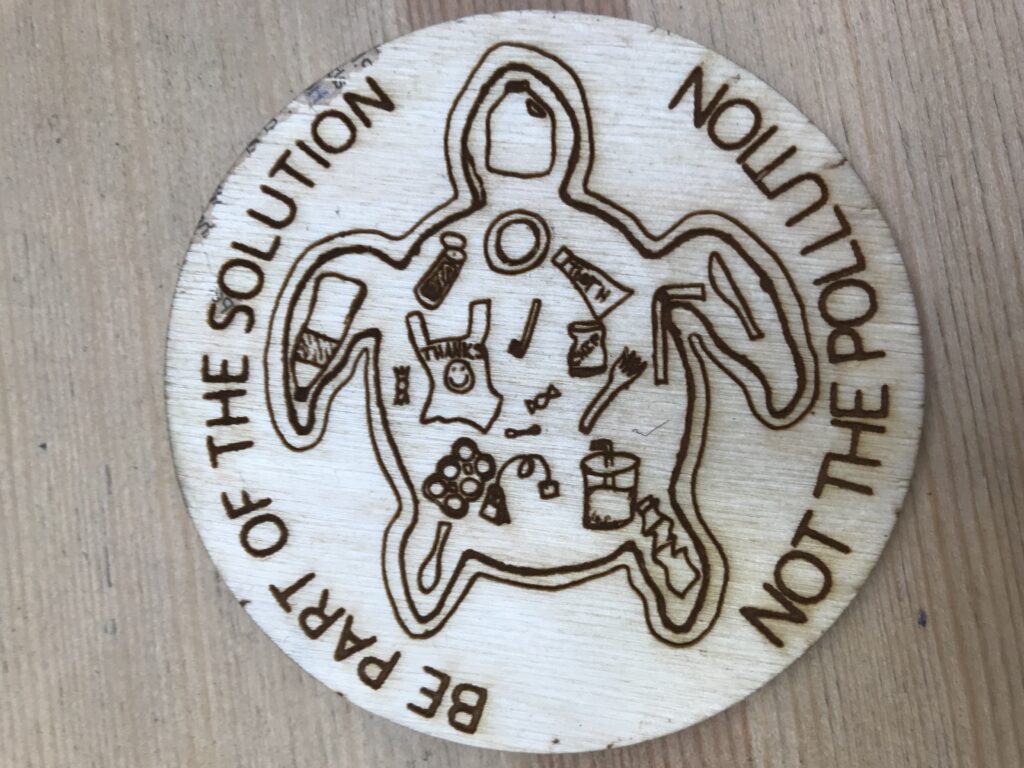
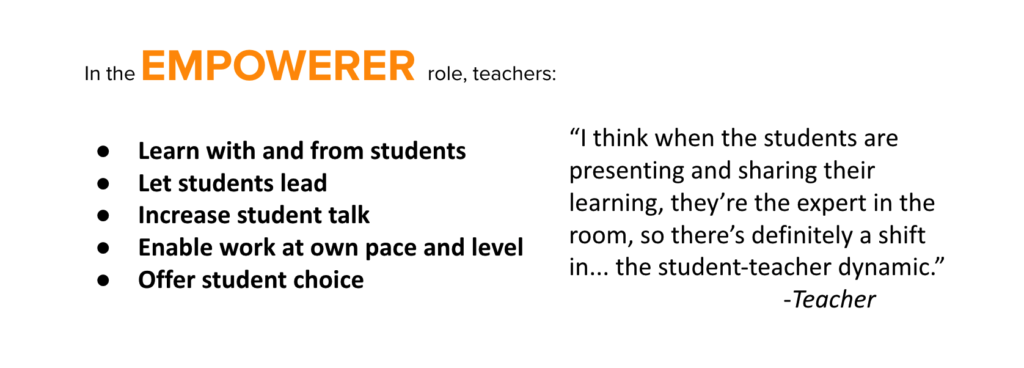 It is a common misconception that when you do PBL, teachers can go grade papers at their desk and relax a little, thinking, the hard work is over! The truth is with PBL teachers get a little closer to students in their groups and depending on their needs. Teachers are often facilitating, modeling, direct teaching, giving feedback, and helping kids coordinate with community partners. This is true PBL, when the teacher is a co-learning and facilitator, and project management assistant. In projects, since it is mostly laid out for students, teachers might be able to feel more removed.
It is a common misconception that when you do PBL, teachers can go grade papers at their desk and relax a little, thinking, the hard work is over! The truth is with PBL teachers get a little closer to students in their groups and depending on their needs. Teachers are often facilitating, modeling, direct teaching, giving feedback, and helping kids coordinate with community partners. This is true PBL, when the teacher is a co-learning and facilitator, and project management assistant. In projects, since it is mostly laid out for students, teachers might be able to feel more removed.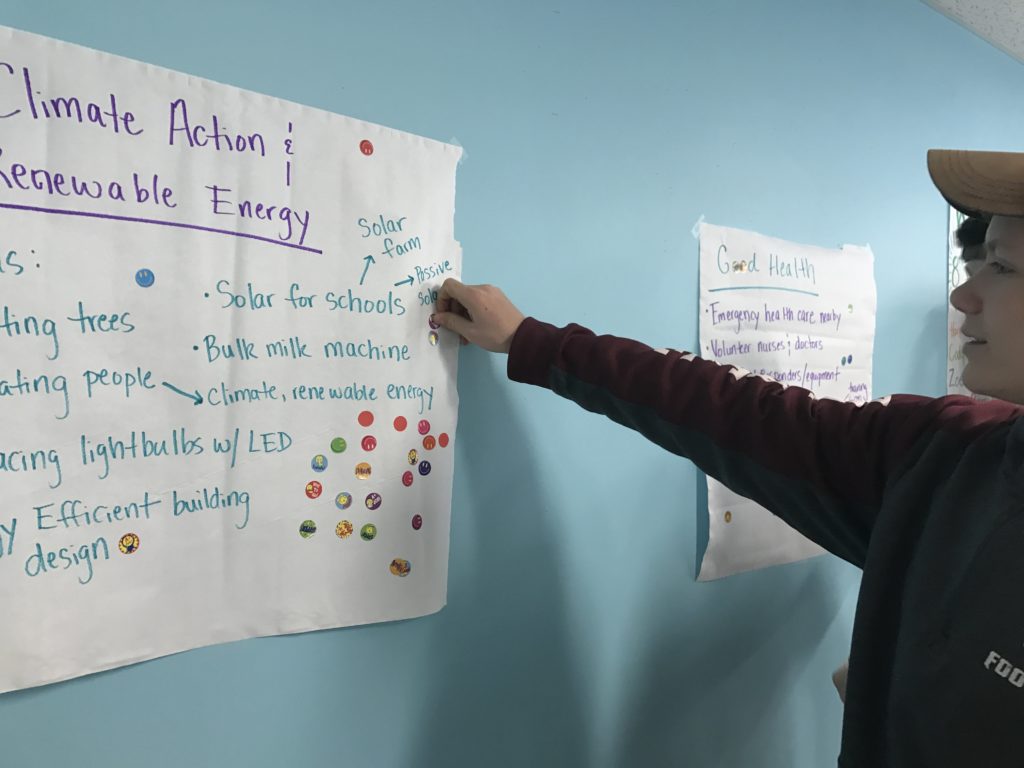
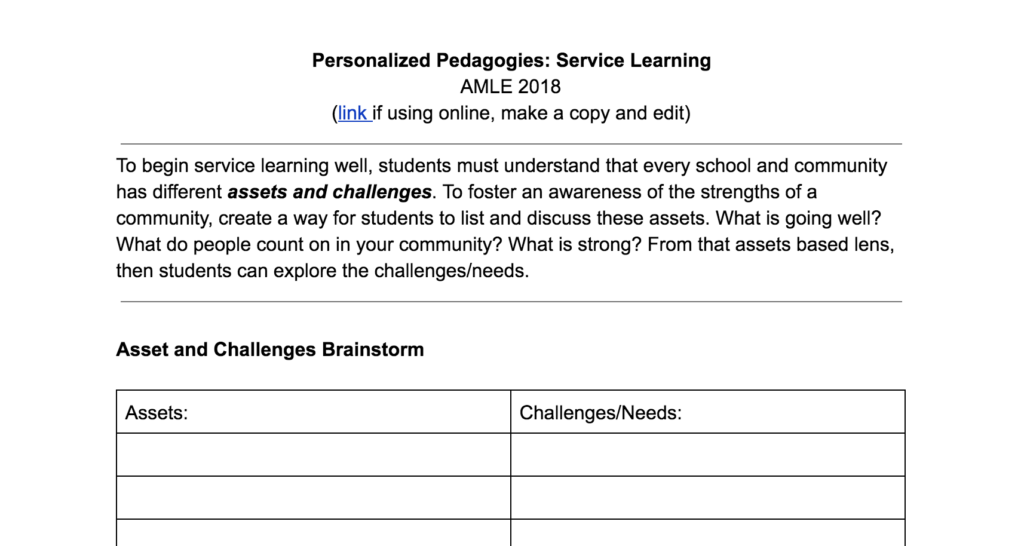
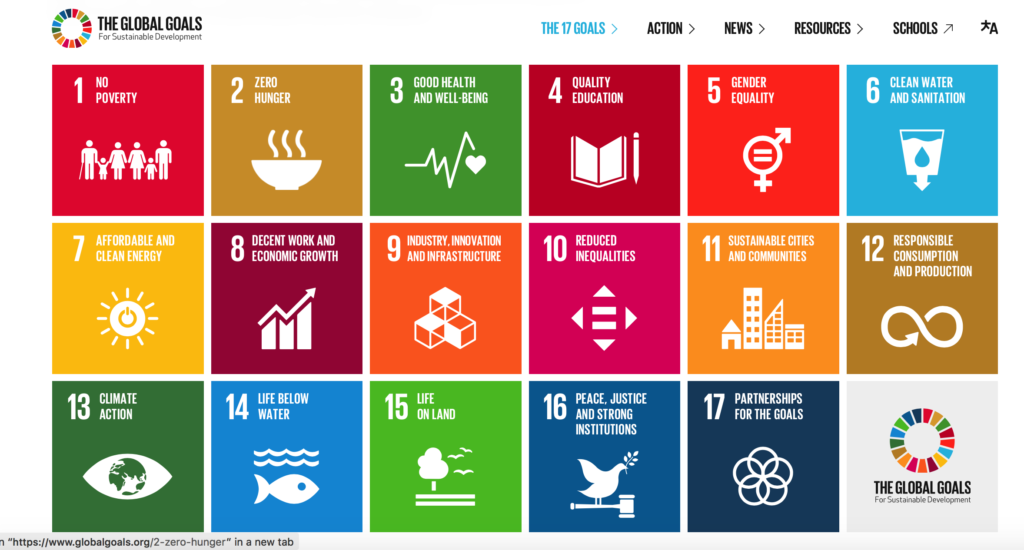
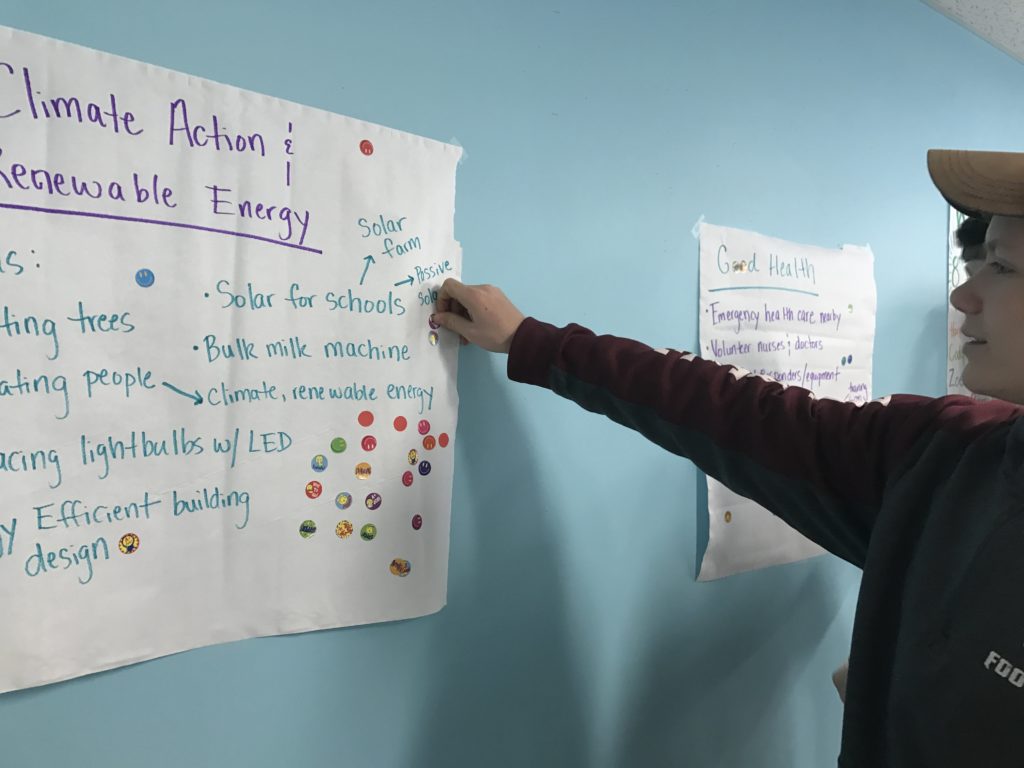
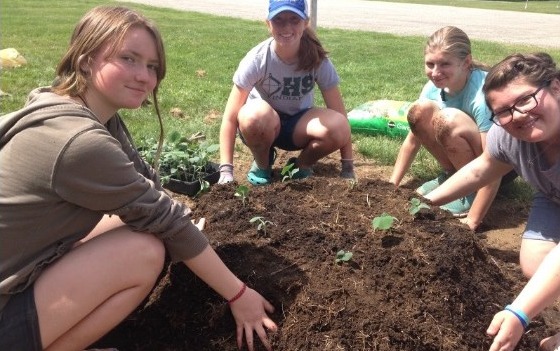
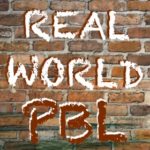
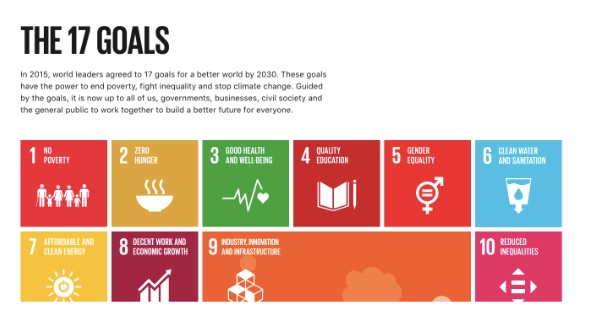
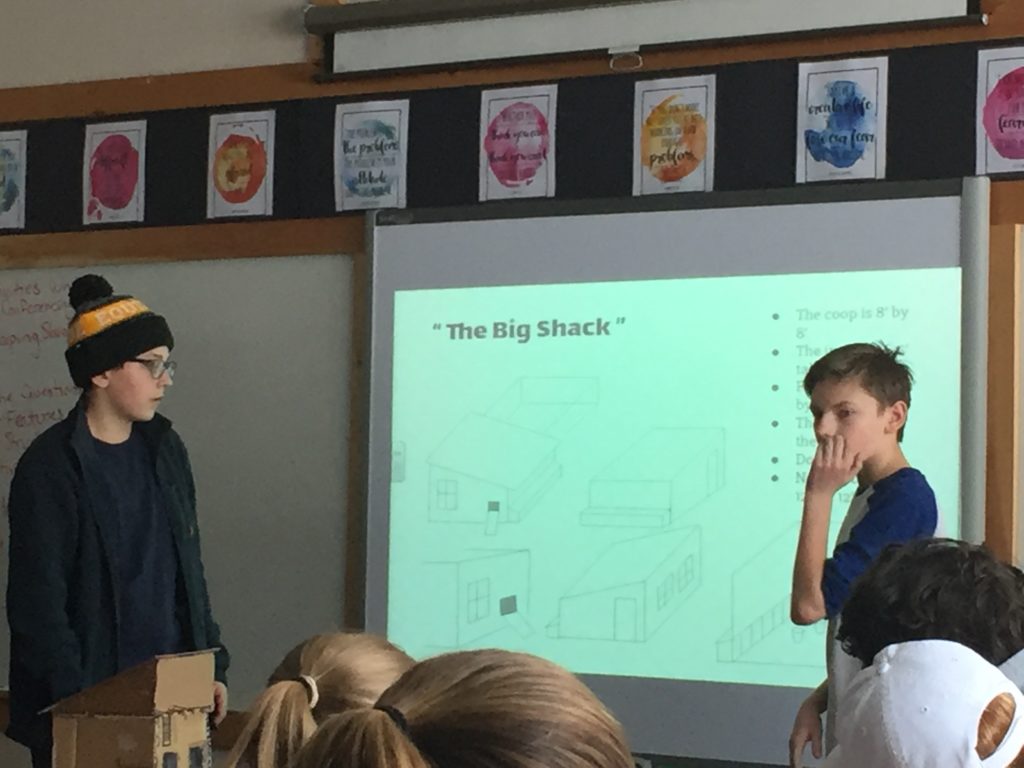
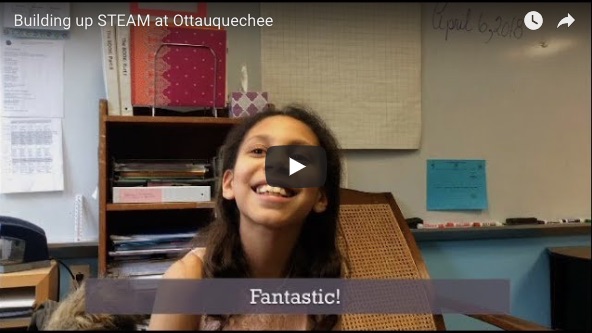
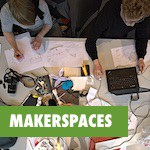
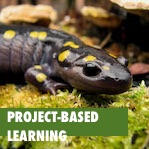
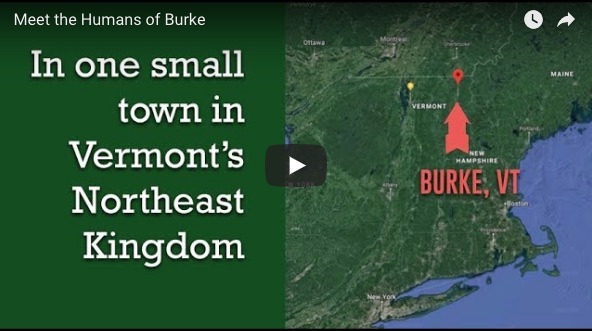
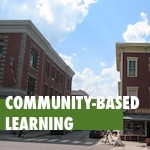

 TED Talks are short, personal powerful storytelling. Now: how can students use this medium as motivation to learn, to explore their purpose, extend their perspectives and understandings, and develop strong storytelling and presentation skills?
TED Talks are short, personal powerful storytelling. Now: how can students use this medium as motivation to learn, to explore their purpose, extend their perspectives and understandings, and develop strong storytelling and presentation skills?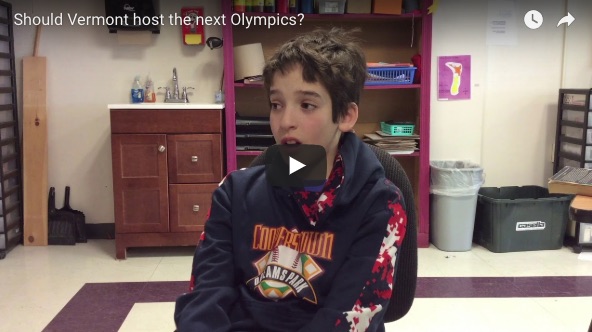
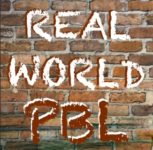
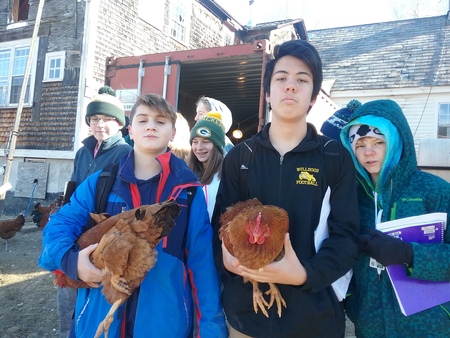
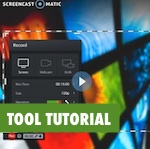 Staying organized as a teacher can be a major challenge. Between student work, teacher plans, sticky notes, school supplies it’s easy to get buried and overwhelmed! This can especially be hard in a personalized learning environment, where students are often working at different paces, with different resources.
Staying organized as a teacher can be a major challenge. Between student work, teacher plans, sticky notes, school supplies it’s easy to get buried and overwhelmed! This can especially be hard in a personalized learning environment, where students are often working at different paces, with different resources.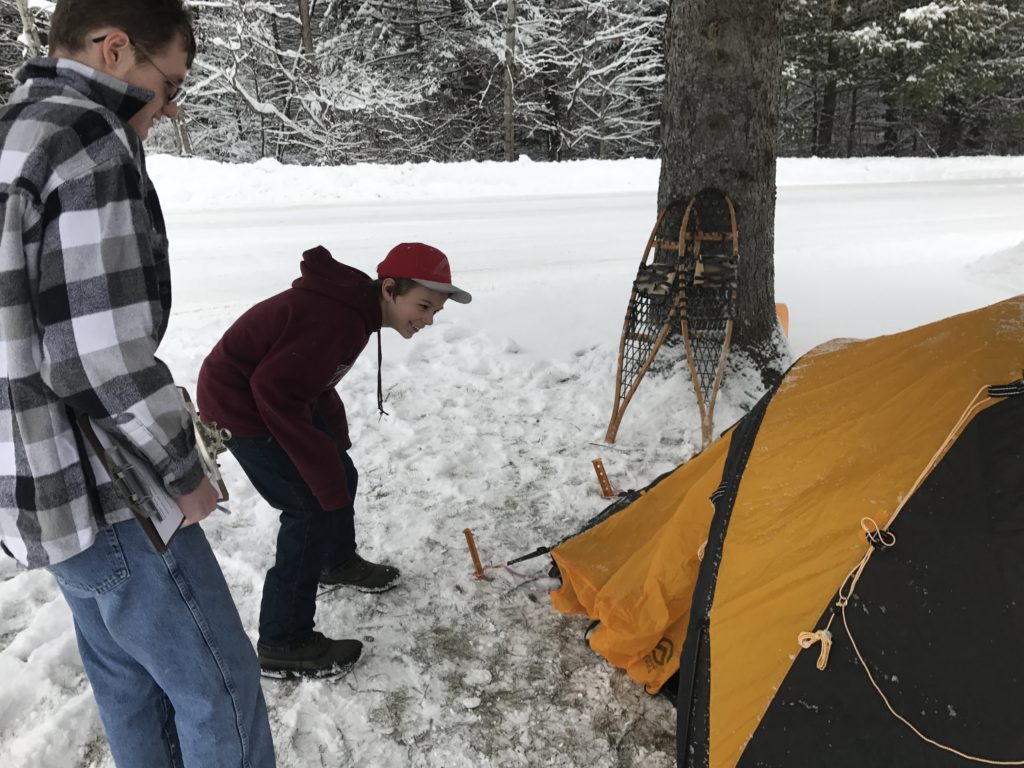
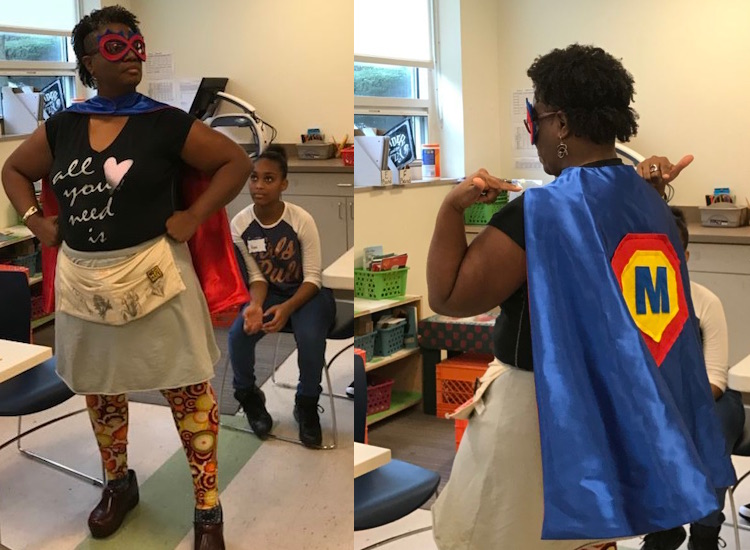
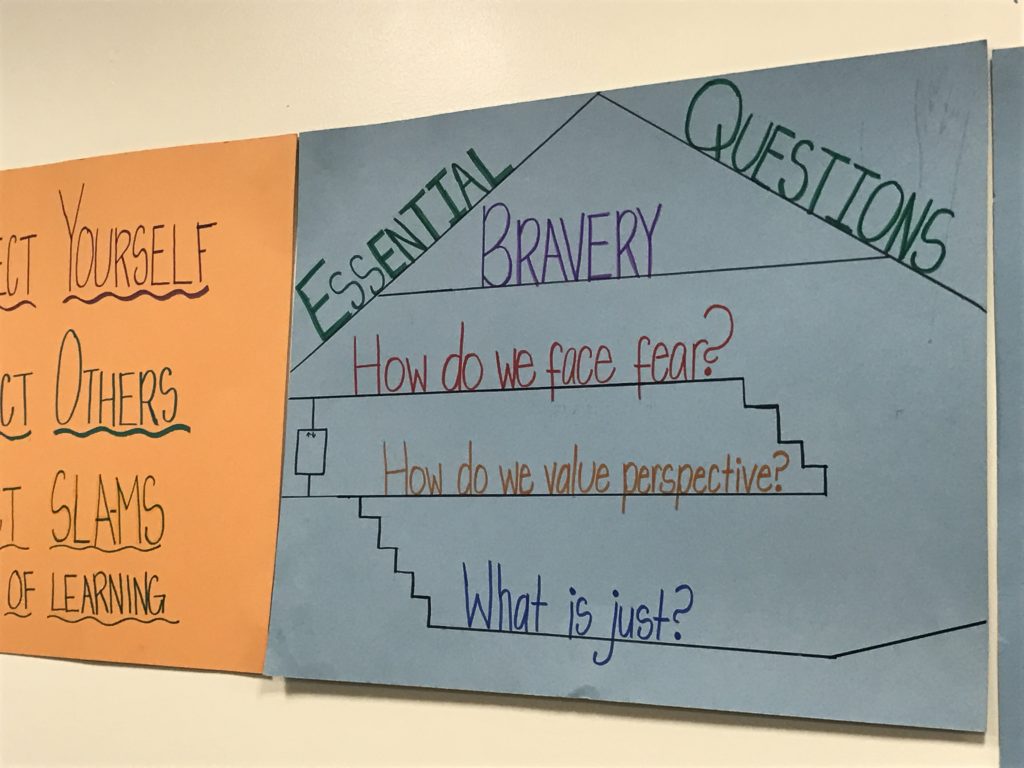
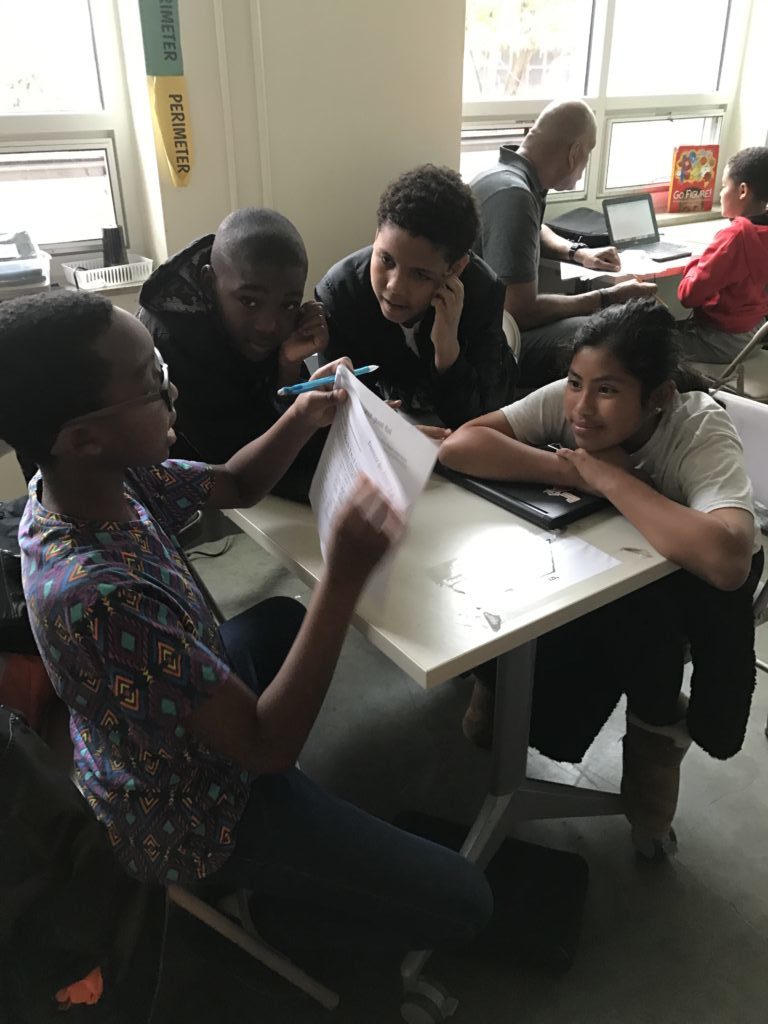
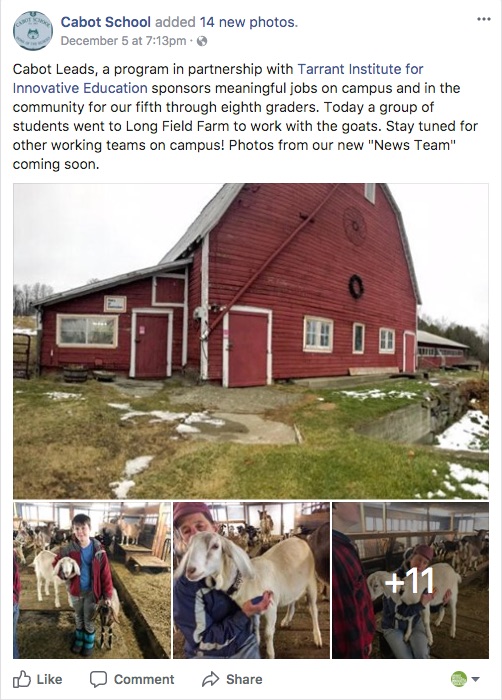
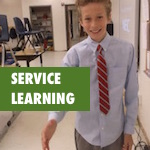
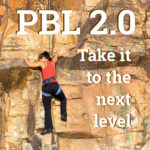 The world is BIG. And overwhelming at times. Especially for our students, who hear bits and pieces of what is happening across the globe, and have questions, worries, and thoughts.
The world is BIG. And overwhelming at times. Especially for our students, who hear bits and pieces of what is happening across the globe, and have questions, worries, and thoughts.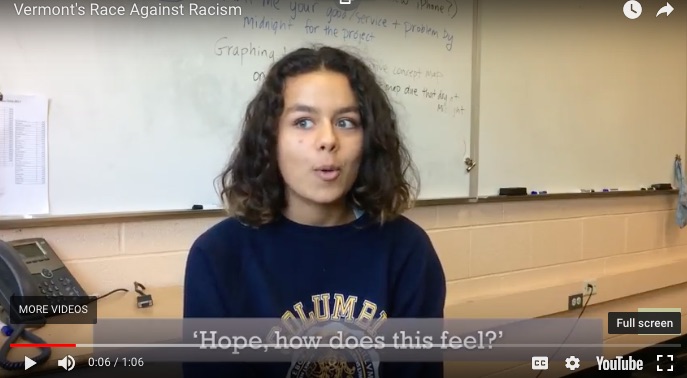

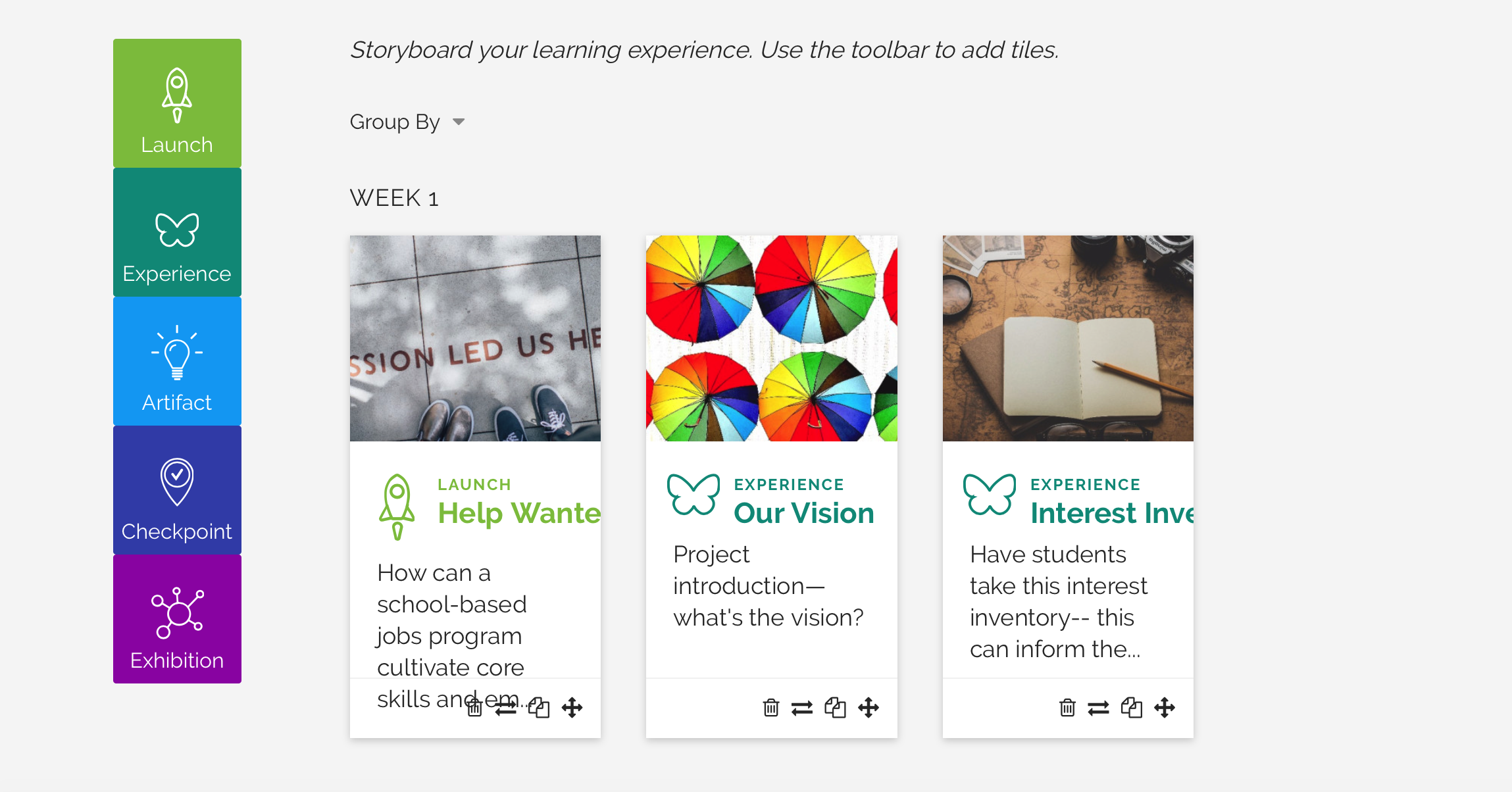
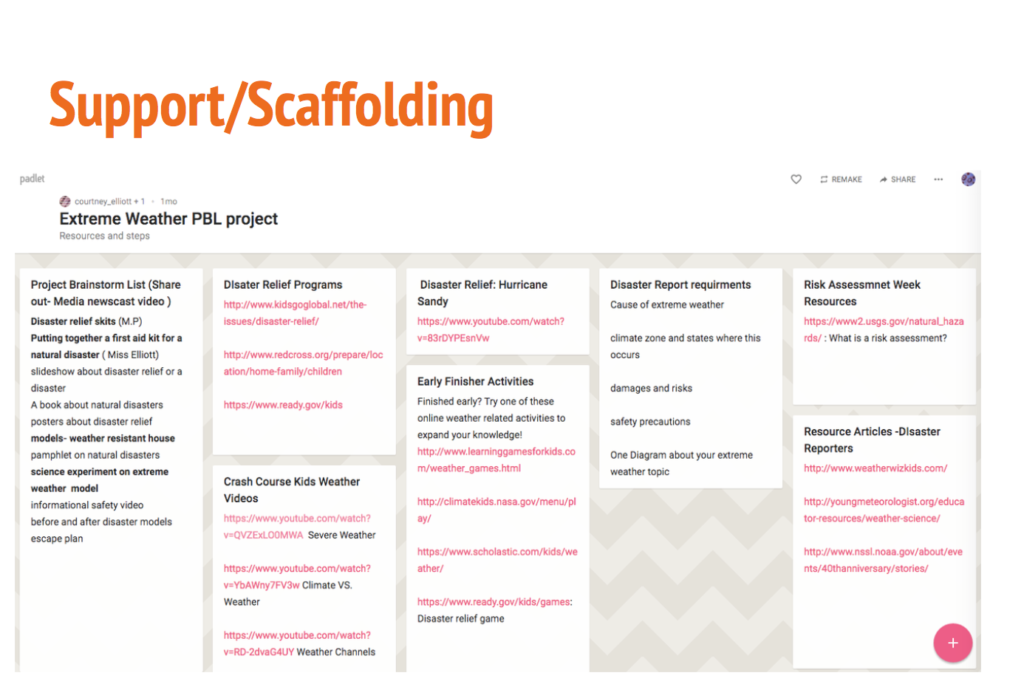
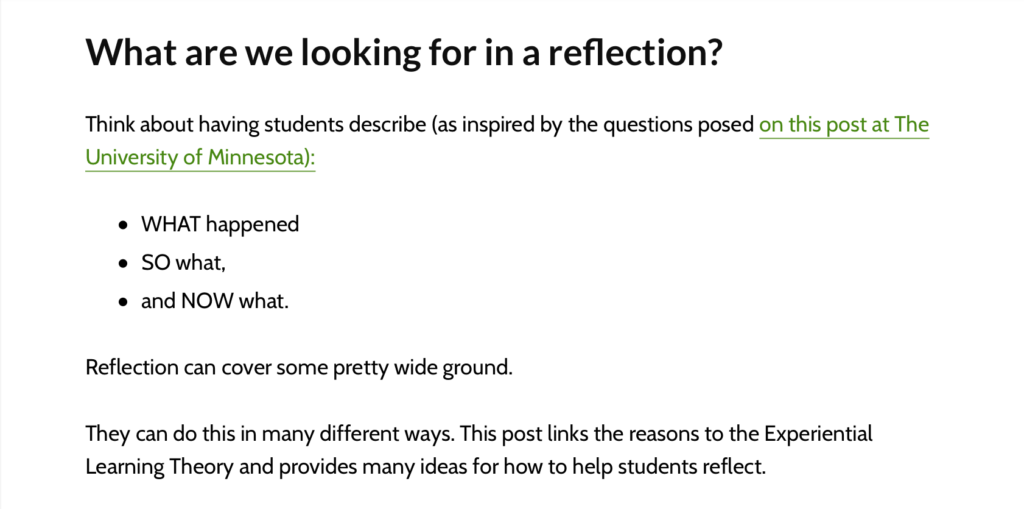
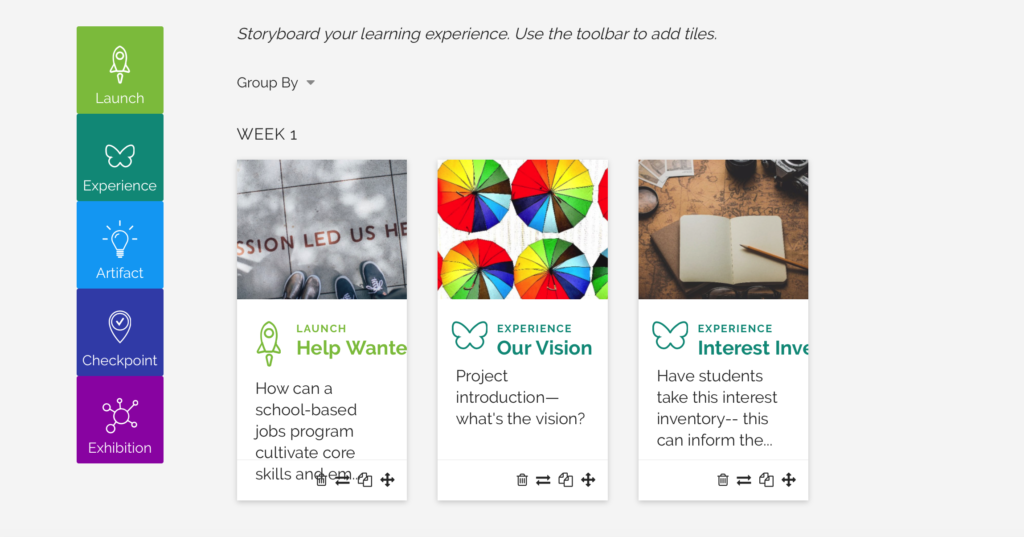
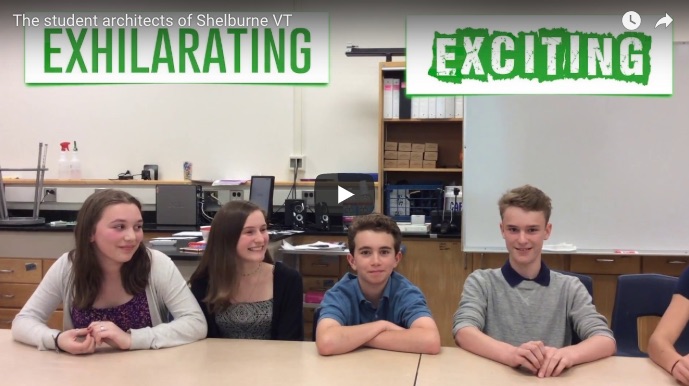
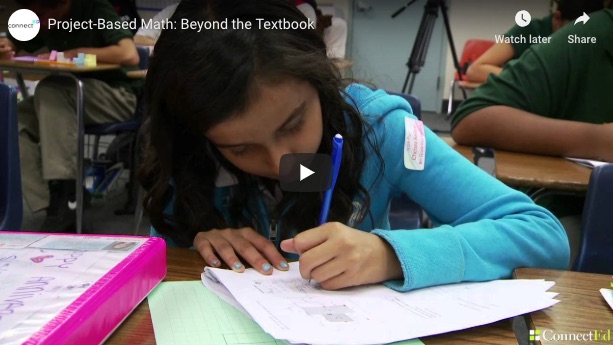
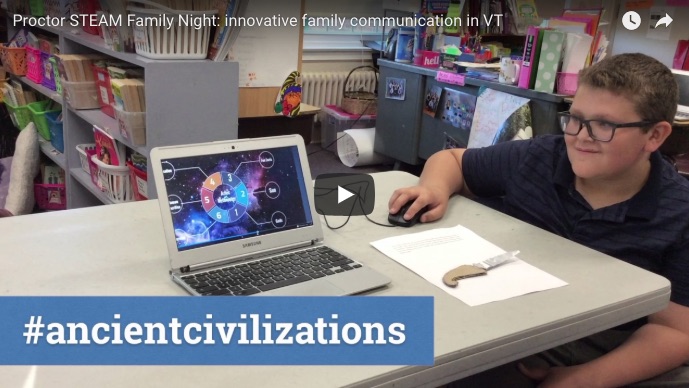
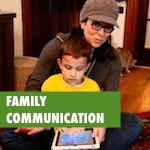 The sleepy little town of Proctor VT, is making some big waves when it comes to showcasing their students’ STEAM achievements. STEAM (Science, Technology, Engineering, Arts & Math) is a hot topic in school innovation right now, and rural towns like Proctor are primed and ready to show their communities just why STEAM matters so much to students.
The sleepy little town of Proctor VT, is making some big waves when it comes to showcasing their students’ STEAM achievements. STEAM (Science, Technology, Engineering, Arts & Math) is a hot topic in school innovation right now, and rural towns like Proctor are primed and ready to show their communities just why STEAM matters so much to students.
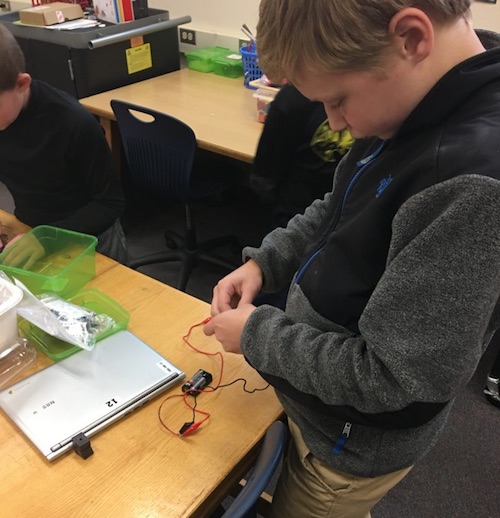
 The popularity of Project-Based Learning (PBL) has grown significantly with teachers and students, but what about parents? When students walk out of school, do they communicate their excitement about PBL to their families?
The popularity of Project-Based Learning (PBL) has grown significantly with teachers and students, but what about parents? When students walk out of school, do they communicate their excitement about PBL to their families?
 Remember when teaching was simply planning a lecture, shutting the door, and delivering it to students? This may have been easy for the teacher, but it certainly didn’t make for deep and relevant learning for the students. The work of developing project-based, engaging, and personalized learning is much more complex.
Remember when teaching was simply planning a lecture, shutting the door, and delivering it to students? This may have been easy for the teacher, but it certainly didn’t make for deep and relevant learning for the students. The work of developing project-based, engaging, and personalized learning is much more complex.

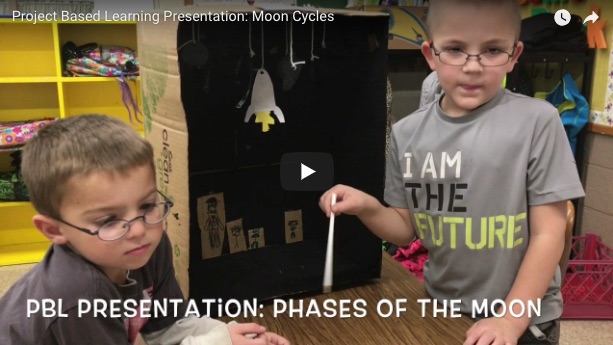
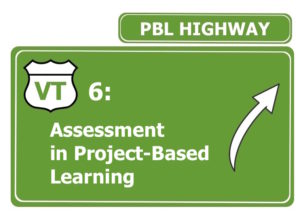 Assessments can be hard to create and manage, but they are a necessary part of PBL. You can do it!
Assessments can be hard to create and manage, but they are a necessary part of PBL. You can do it!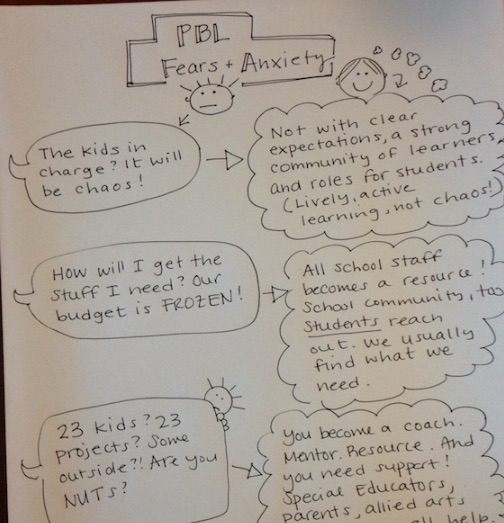
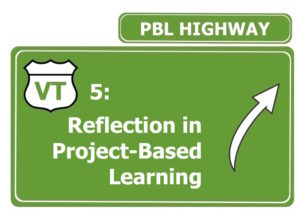 It is easy to not plan time for reflection in project-based learning (PBL) because there is just so much DOING! The students are engaged, and it’s fun and hands-on, and everything moves pretty quickly. But for PBL to connect to learning targets and goals and transferable skills, frequent reflection needs to happen, and as we all know, this has to be deliberately built into the schedule.
It is easy to not plan time for reflection in project-based learning (PBL) because there is just so much DOING! The students are engaged, and it’s fun and hands-on, and everything moves pretty quickly. But for PBL to connect to learning targets and goals and transferable skills, frequent reflection needs to happen, and as we all know, this has to be deliberately built into the schedule.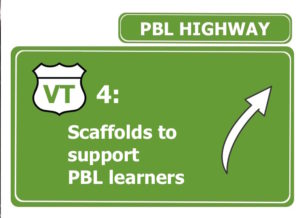 Some people have the mistaken idea that PBL is just when you point students in the direction of a project and say, “Go for it!”
Some people have the mistaken idea that PBL is just when you point students in the direction of a project and say, “Go for it!”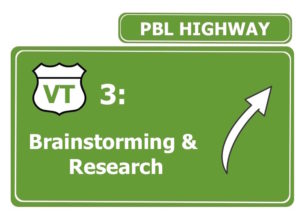 You’ve done an engaging entry event. You have a plan for your PBL unit with a focused driving question. Sweet! Now it’s time for the students to embark on research. But the world of information is a vast wilderness fraught with danger: the danger of misinformation!
You’ve done an engaging entry event. You have a plan for your PBL unit with a focused driving question. Sweet! Now it’s time for the students to embark on research. But the world of information is a vast wilderness fraught with danger: the danger of misinformation!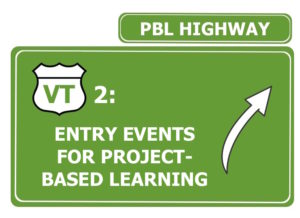 Q: What do we really want from project-based learning?
Q: What do we really want from project-based learning?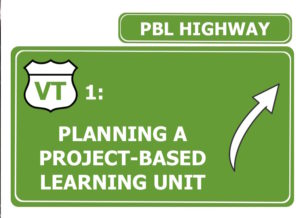 Welcome to the PBL Highway, my new series aimed at helping you on the road to project-based learning! Setting up a student-driven, rigorous, community-focused project-based learning (PBL) unit can feel daunting, so the best way to tackle anything this huge (it’s yuge!) is to break it down into manageable steps.
Welcome to the PBL Highway, my new series aimed at helping you on the road to project-based learning! Setting up a student-driven, rigorous, community-focused project-based learning (PBL) unit can feel daunting, so the best way to tackle anything this huge (it’s yuge!) is to break it down into manageable steps.

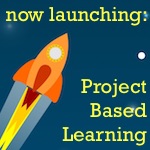
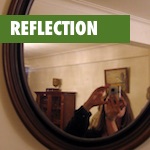 Something about
Something about 
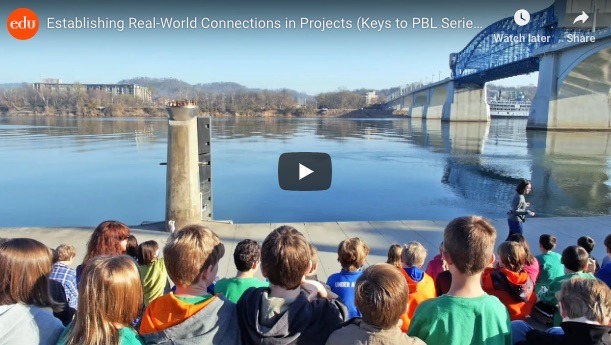
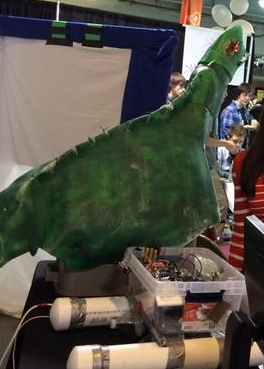
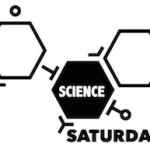
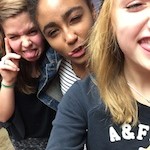 We were lucky enough to get to sit down with three groups of students at
We were lucky enough to get to sit down with three groups of students at